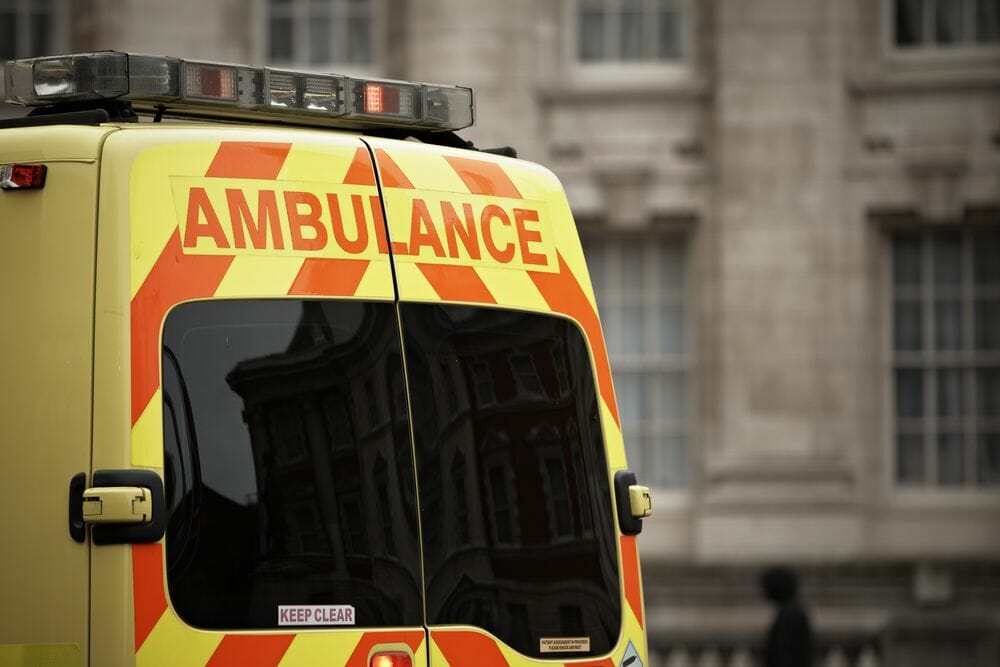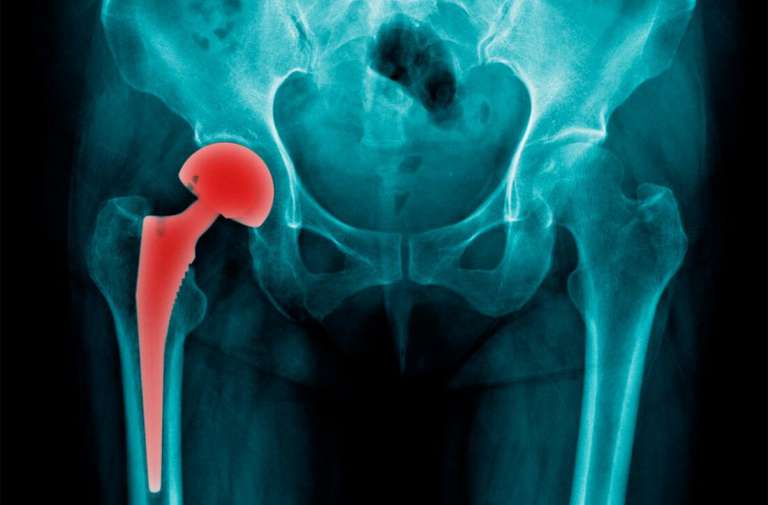The Ambulance Trust at the centre of 111 scandal could still be putting patients at risk, according to The Daily Telegraph.
Patients who called the services, believing they were suffering from a cardiac arrest, were left without help because the maps system used by the Trust was flawed.
Paul Sutton, Head of East Coast Ambulance Trust, created an unauthorised scheme so national targets could be met, regardless of when help was sent.
The system meant that thousands of 999 calls were counted as achieving their 8 minute response because a patient was within 200 metres of a heart starting device, according to their maps.
The recent investigation into the Trust has been told that because of the flaws in the mapping system, the call-handlers sometimes couldn’t tell the caller where the life-saving equipment was.
Senior figures at the Trust told The Daily Telegraph that the fatal flaw in the Trust’s mapping system may have cost lives.
They expressed concerns that the error may still be occurring at busy call times.
There is increased pressure on Mr Sutton to resign, following the revelations that he authorised rogue policies which helped the Trust hit NHS targets, whilst forcing patients to wait.
One saw 20,000 111 helpline patients deliberately delayed, even in life threatening cases. A leaked draft report seen by The Daily Telegraph shows that this idea was authorised by Mr Sutton in a conference call, despite pleas from senior manager that said the plan was too dangerous.
A freedom of information request carried out by the paper found that in 2014/15, more than 5,600 calls to the service were counted as meeting the eight-minute response time because the caller was within 200 metres of a “public access defibrillator”.
Of those 5,600 only 8% actually received an ambulance in eight-minute timescale.
An audit by the Trust has concluded that the practices were in clear breach of national rules for almost two years.
The flaw in the system, which meant handlers did not receive notifications telling them where the closest defibrillator was, has largely been resolved – but there is concern that it could reoccur at time of pressure.
Brian Rockwell, chairman of governors at the Trust told The Daily Telegraph: “ I am extremely concerned about the potential impact this problem had on patients. We need assurances that is has been properly resolved, we can’t have a system which we can’t reply on at times of pressure”
A spokeswoman for South East Coast Ambulance Service NHS Foundation Trust said: “When a call taker in our Control Room takes a 999 call, they are alerted to the presence of a registered defibrillator by our Computer Aided Despatch System. At times of high demand this alert can be slow to appear. We are aware of this and undertook a significant system upgrade in November 2015 in response.
However, we subsequently identified a secondary issue which affects some calls and we are still working hard to address the small number of occasions when the system runs more slowly than we would like with these alerts.”
Have you or a loved one suffered because of a delay with an ambulance, or incorrect information from a dispatch centre? Pryers are a leading national firm of Medical Negligence Lawyers. Our dedicated team of lawyers and experts are well equipped to investigate and advise on all issues of medical treatment.





